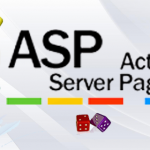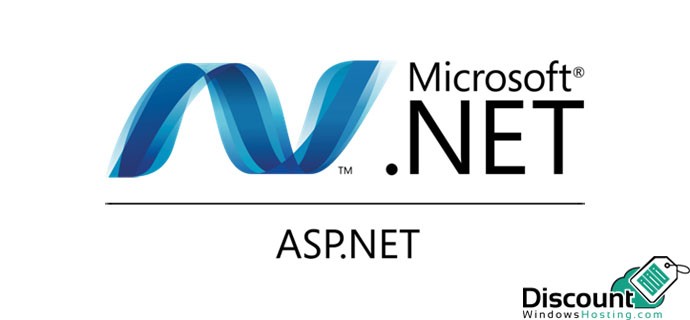GraphQL’s versatility and effective data querying features have helped it gain popularity in recent years. Since.NET 6 was released, developers have even more resources at their disposal to create scalable and reliable apps. This tutorial will walk you through the process of using.NET 6 to create a GraphQL backend, with examples and step-by-step instructions.
Configuring the Scene
First, make sure your computer is running the.NET 6 SDK. Use the dotnet —version command in your terminal or command prompt to verify the installation.
Next, use the command line to start a new.NET 6 project.
dotnet new web -n GraphQLDotNet6ExampleThis command creates a new web project named “GraphQLDotNet6Example.”
Adding Required Packages
To enable GraphQL capabilities in our project, we need to add the necessary packages. Run the following commands in your project directory.
These packages provide the essential tools for integrating GraphQL into your .NET 6 application.
Creating GraphQL Schema and Resolvers
Let’s define a simple GraphQL schema and corresponding resolvers to demonstrate the functionality. Create a new folder named “GraphQL” and add a file named “Schema.cs” within it.
This code snippet creates a simple GraphQL schema with a single query field returning a “Hello” message.
Configuring GraphQL Middleware
In the Startup.cs file, configure the GraphQL middleware.
Running the Application
Finally, start your application by running.
Open your browser and navigate to https://localhost:5001/playground to access the GraphQL playground. Here, you can interact with your GraphQL API by writing queries and exploring the schema.
Conclusion
Building APIs with flexible data querying capabilities is an essential part of modern web development. With the help of GraphQL, one can achieve this effectively. If you are interested in building a GraphQL backend using .NET 6, HotChocolate is the way to go. This guide will help you understand the fundamental concepts of setting up a basic GraphQL server in a .NET 6 application.
You can experiment with and expand the capabilities of GraphQL to tailor it to your project’s specific requirements. So, get ready to leverage the power of GraphQL and build APIs that meet your needs!
Best and Most Recommended ASP.NET Core 8 Hosting
Fortunately, there are a number of dependable and recommended web hosts available that can help you gain control of your website’s performance and improve your ASP.NET Core 8 web ranking. HostForLIFEASP.NET is highly recommended. In Europe, HostForLIFEASP.NET is the most popular option for first-time web hosts searching for an affordable plan.
Their standard price begins at only € 3.49 per month. Customers are permitted to choose quarterly and annual plans based on their preferences. HostForLIFEASP.NET guarantees “No Hidden Fees” and an industry-leading ’30 Days Cash Back’ policy. Customers who terminate their service within the first thirty days are eligible for a full refund.
By providing reseller hosting accounts, HostForLIFEASP.NET also gives its consumers the chance to generate income. You can purchase their reseller hosting account, host an unlimited number of websites on it, and even sell some of your hosting space to others. This is one of the most effective methods for making money online. They will take care of all your customers’ hosting needs, so you do not need to fret about hosting-related matters.





